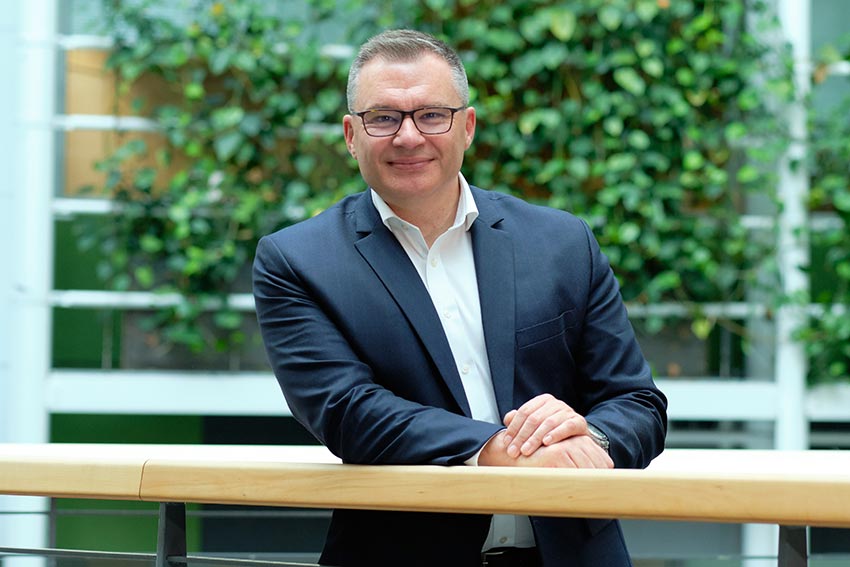Universities must embrace partnerships
Guy Littlefair
23 Jul 2021

Professor Guy Littlefair, Pro Vice Chancellor International and Dean of Design and Creative Technologies recently joined the HEDx Higher Education podcast to reflect on tertiary education and the challenges and opportunities facing the sector, reflecting on his experiences on both sides of the Tasman.
He says industry and university partnerships are more essential than ever before. “In order to stay relevant and adapt to the rapid changes of our world, we need to work together with industry partners. I’m very keen to see the huge wealth of knowledge held in universities – in our staff and our students – opened up to our industry partners.
“When I was PVC - Industry and Strategic Partnerships at Deakin I had the privilege of spending time at the University of Michigan when Mary Sue Coleman, was President. Her words of ‘partner or perish’ really resonated with me and continue to do so. This is a twist on the usual academic adage of publish or perish provides focus for our research and a pathway for the opening up and development of knowledge and expertise.”
“Students come to us because they want a great education. We also need to make sure we’re helping them develop the skills, attributes and mindset for future jobs. We need to be not only creating ‘job takers’ but ‘job makers’ - graduates with an entrepreneurial mindset who will go to create new roles, new businesses, new technologies.
“Already in the faculty of Design and Creative Technologies we have significant industry engagement and outreach, from lunchtime speaker series and on-campus career fairs to reverse mentoring partnerships with leading businesses.”
Professor Littlefair says the key to successful partnerships is that they must be mutually beneficial. “We need to make sure we’re entering into partnerships that benefit multiple stakeholders. Our students, our staff and the partner organisations must all find benefit in the partnership.
“For universities of technology, like AUT, our research should be closely linked to commercialisation opportunities. We have a strength in learning by doing, and moving from practice to theory.
“I look forward to more of these mutually beneficial, clearly defined and strong industry partnerships coming to fruition at AUT, but doing so does require systemic change.
“We must consider how a university configures itself so that there is both an expectation of academics to partner, but also a way in which this is made simple.
“I like the notion of a university without walls. Universities are notoriously difficult to navigate around - there is no single contact point or conduit.
“Also, we typically have few if any support mechanisms which connect our academics on the inside, to the most appropriate partner on the outside of the university walls.
“Designing a single, bi-directional access point is probably the single most important step towards partnership development and make things simpler for connection, on both sides of the divide. I believe Melbourne University for one has already done this and I venture that this will start to shift the culture towards one of greater collaboration.
"In summary, we either partner or we perish. We need to consider partnerships are for the long term and financial return is only but one measure of the value of partnerships.”